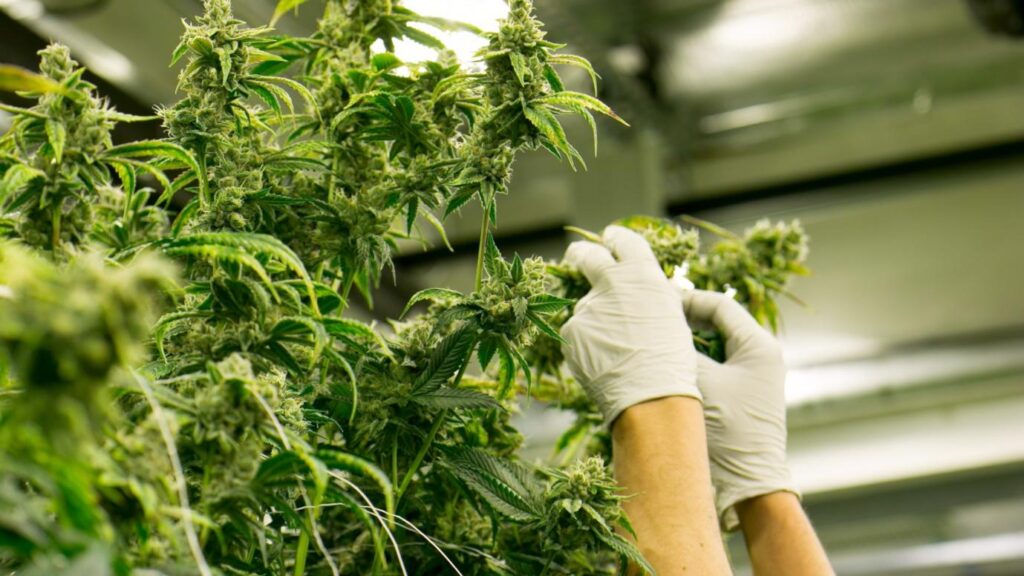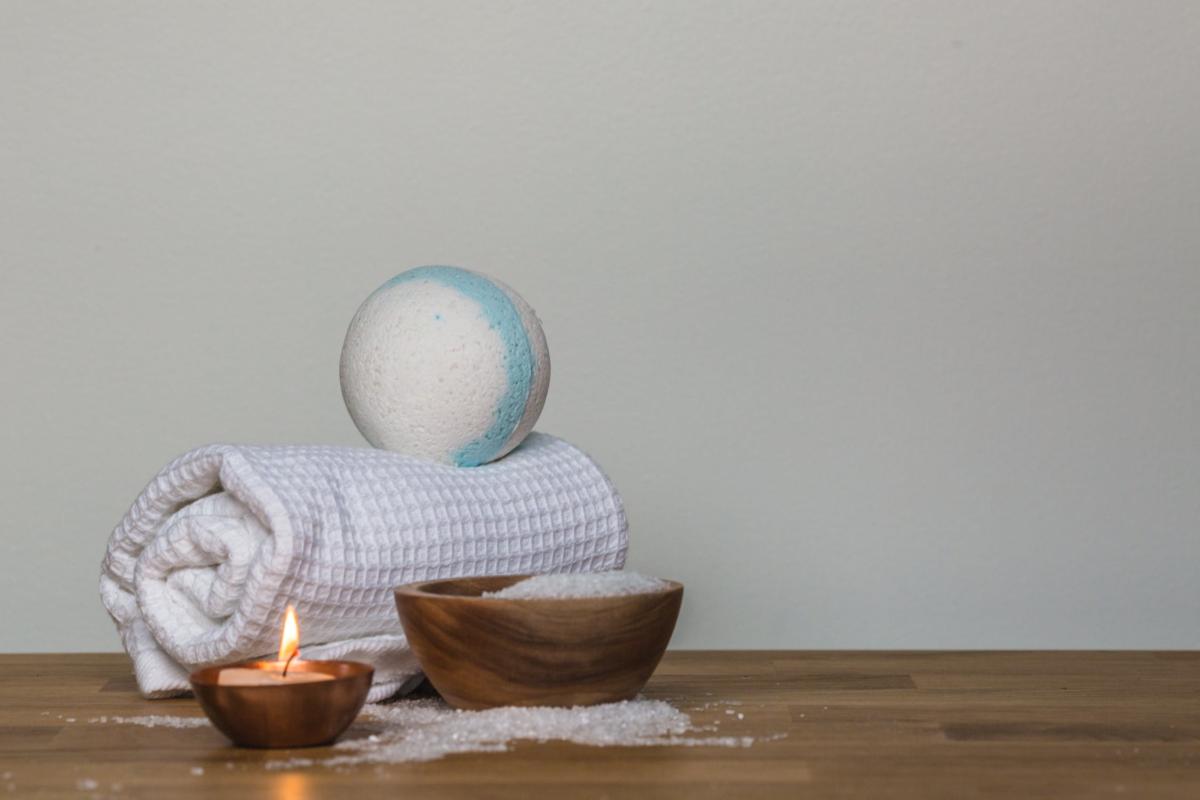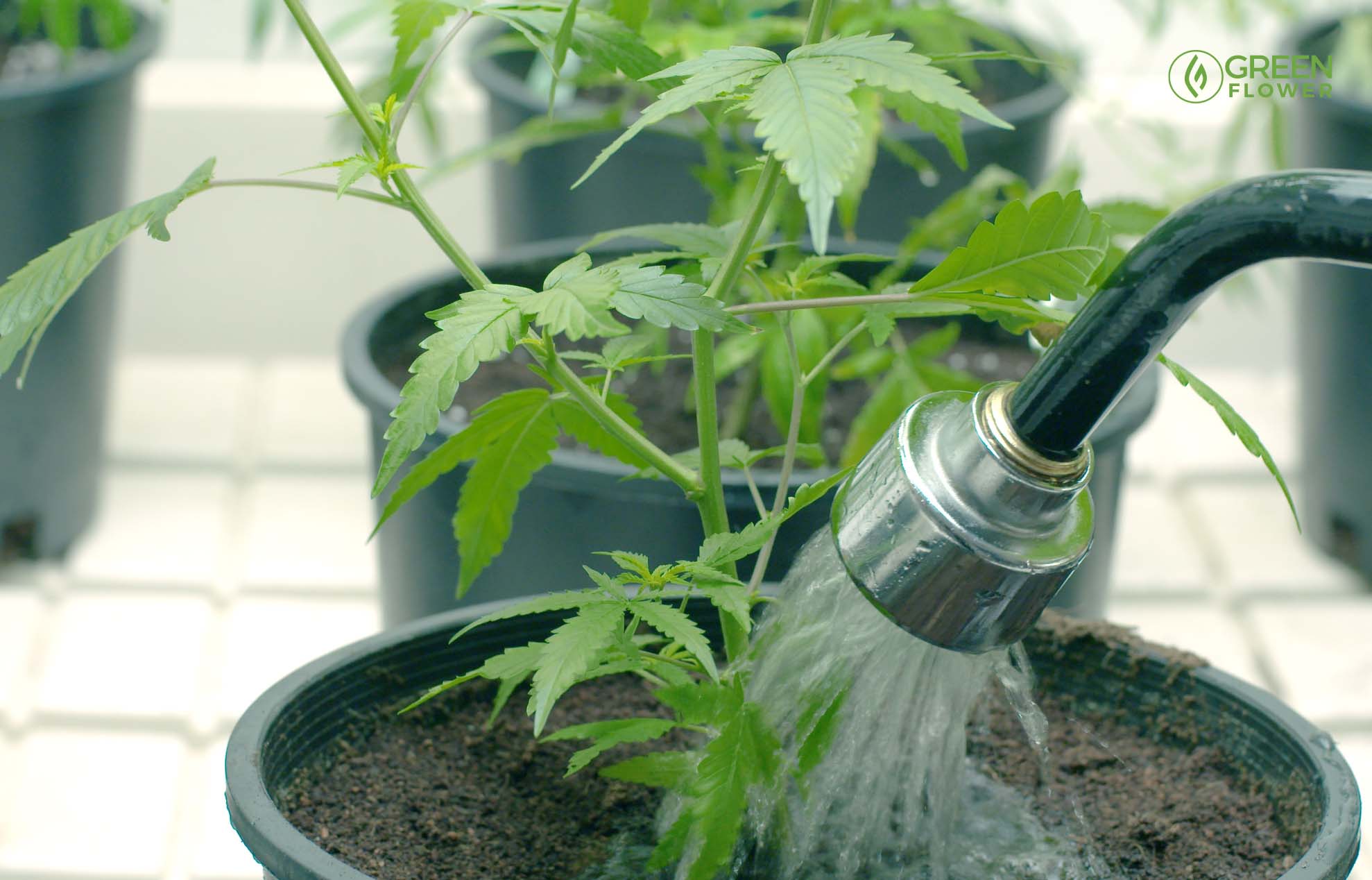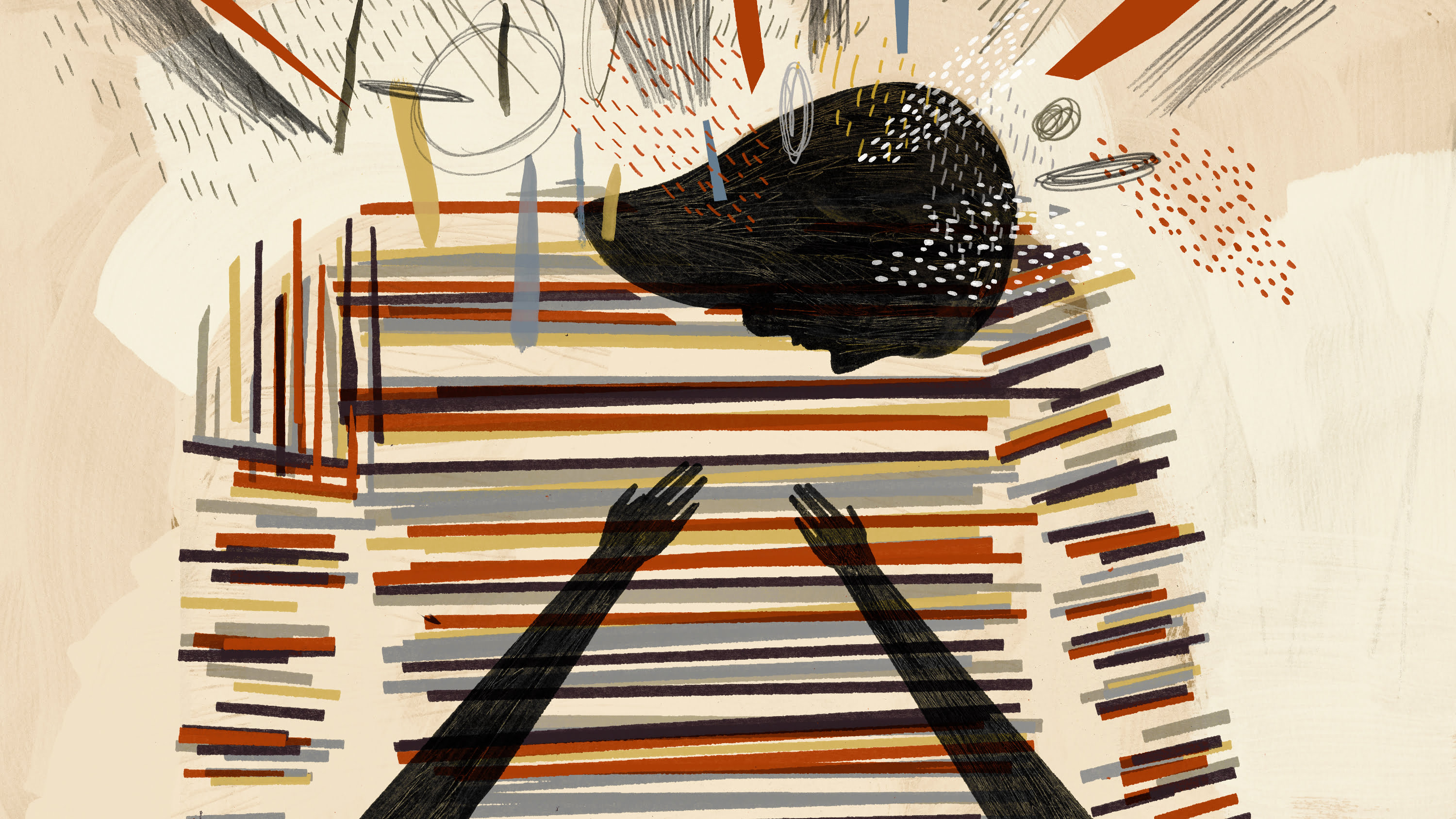
There are over 900 million acres of farmland in the United States alone.
As the marijuana and CBD industry continue to grow, farmers are recognizing the opportunity to make the most of their land. However, profiting from buds isn’t an easy venture. The cannabis harvesting process is a lot more complex than you might think.
Do you want a behind-the-scenes look at how farmers grow the different types of cannabis crops? Then this article is for you. In this guide, we’ll walk you through every step of the harvesting process, from start to finish.
How can cannabis farmers be sure they’ll yield a good crop? Read on to find out.
Different Cannabis Harvesting Methods
There are different cannabis harvesting methods that farmers can use to grow premium buds. Some farmers will embrace old-school techniques; others are willing to experiment with trial and error approaches.
For instance, while some farmers have the advantage of an indoor grow area, others have to contend with the outdoors. Farmers working outdoors will have more risks than farmers who can take advantage of indoor growing.
The crop type also plays a role in deciding what growing method will work best. However, regardless of the growing process, the first place to start is knowing how to choose the best cannabis seeds.
Choosing the Right Cannabis Seeds
How can farmers avoid planting aged or immature seeds? They should only buy seeds from reputable sources. Fresh seeds that are recently harvested and adequately stored will have the best chance of yielding a good crop.
To grow properly, cannabis seeds have to be stored properly. Dark, cool areas are the best place to store young cannabis seeds.
Immature vs. Mature Seeds
Immature cannabis seeds usually have a greenish hue along with the softshell. Whereas potent healthy seeds will have a brown color with speckles.
Healthy seeds also tend to have a glossy appearance, utterly free of cracks. You’ll find that the more beneficial the cannabis seed, the larger it is. If you find any seeds with dark or black spots, they might be too old for planting.
Choosing Cannabis Strains
Along with finding healthy seeds, farmers also have to focus on finding seeds that will create the most COMMON FORMS OF CANNABIS FLOWER. For instance, there are Indica and Sativa strains, and they both bring different benefits to the table.
Indica cannabis strains produce more physical effects. Anyone dealing with extreme physical pain will enjoy the relief that the Indica strain brings to the table.
Sativa produces more of a head high. It’s normal for its Sativas to create a fun cerebral buzz, including increased sensitivity to sound insights.
Stages of Cannabis Growth
There’s a series of stages that cannabis plants undergo throughout their life cycle. Each step during the cultivation process brings its own challenges.
Here’s a short breakdown of the cannabis growth life cycle:
- Germinating
- Seedling
- Vegetative
- Pre-flowering
- Flowering
- Harvesting
The amount of water, nutrients, and light that the plant needs will change. How long does it take to grow cannabis? It will depend on the growing method, along with the type of strain farmers are planting.
However, farmers can easily spend 6 months developing a cannabis crop. If they have an indoor grow room, farmers could yield a harvest as soon as a few weeks. The quality of the cannabis plants, when it’s all said and done, is going to depend on each growth stage of the life cycle.
Germinating Seeds for a Cannabis Plant
For effective germination, farmers will select the most mature cannabis seeds. With the right seats in their hands, farmers will look for a wet, dark place to begin planting.
Sometimes growers will keep the seeds trapped in a damp paper towel until they sprout. Exposing the cannabis seeds to lights to light stimulates hormones and helps expedite the growth process.
The radical, or root, will shoot downwards from this cannabis seed. The radical will shoot down as new stem growth pushes up out of the soil.
Unlike regular marijuana leaves, there will be 2 rounded cotyledon leaves that sprout from the stem. The cotyledon leaves appear when the plants first break away from the seed’s protective casing.
The cotyledon leaves will soak up energy from the sunlight to help the plant become bigger and stronger. Once the roots are fully developed, the cannabis leaves you’re used to seeing can begin to grow.
Navigating the Seedling Stage
Once germination is complete, the seedling stage can begin. The seedling stage is when the cannabis plants will be the most vulnerable. If anything goes wrong when the plant’s a seedling, it can affect its entire growth cycle.
The plants have to receive at least 18 hours of sunlight, and the moisture level needs to be adequate in the soil. If there isn’t enough humidity, the cannabis plants aren’t going to grow as quickly as they should. However, too much humidity can be a problem too.
Seedlings have a small root system. Farmers have to be careful to not drown the plants.
Once the seedling begins to strengthen, it can produce traditional-looking marijuana leaves. You’ll find that a traditional-looking marijuana leaf comprises 3-13 fingers. The leaves come from a sprout and appear with one giant rigged finger.
As the cannabis plants grow, the leaves will develop more fingers. A mature marijuana plant will usually have around 5 fingers, but it can reach as many as 13 fingers.
Farmers will treat their cannabis plants as seedlings until they develop leaves with a complete number of fingers. It’s also important that the seedlings have short, thick vegetation, with vibrant green leaves.
Embracing Vegetative Growth
During the cannabis harvesting process, the plants will develop 7 sets of pointed leaves. Once all 7 leaves are present, the plant will enter the vegetative growth stage. The vegetative growth stage is when growers begin training and topping their plants.
Farmers will also know what kind of cannabis plants are forming during vegetation. Once cannabis plants transfer to a larger growing area, they can take off.
In a matter of days, the stem will become taller and thicker. The plants will begin to produce more branches, nodes, and leaves, and the root system will continue to mature.
Farmers will take special note of the spacing between the nodes of their cannabis plants. A node is where two branches intersect from the main marijuana stock.
When a cannabis plant is young, the nodes appear in pairs. When the cannabis plants mature, the nodes will start to alternate. While the nodes will still appear in pairs, there will be more distance between them, and none of the branches will be parallel.
Providing Optimum Humidity Levels
The vegetation stage is when cannabis plants need extra warm water and a continuous flow of moist air. The plants will also need a lot of potassium-rich nutrients, along with nitrogen. With the right amount of soil space, farmers can have cannabis plants that grow 2 to 3 ft tall.
If it’s an indoor grow room, the plants will need to be kept on a long daylight cycle with a short night. The light process is what controls when the plant goes from the vegetative stage to flowering.
Farmers can keep the cannabis plants in the vegetative stage for longer if they like. By extending the vegetative stage, farmers can skip germination altogether. Instead of starting over, farmers grow new plants from cuttings during the vegetation stage.
Entering Into Preflowering
It can take cannabis plants as long as 14 days to enter the pre-flowering stage. Once the plant is in the pre-flowering stage, farmers can determine the sex by looking at the nodes.
For a male plant, the small green snacks will be full of pollen, and they’ll sit right in the node area. Female plants, on the other hand, will have 2 pistils. The pistils are what contain the reproductive parts of the cannabis flower.
The female plant’s pistils grow directly on the buds. You’ll find that flowers can rise above the pistil leaves, with one cluster for each side.
When the sex from a male plant bursts, the pollen can fertilize the nearby female plants. That’s why farmers need to remove male plants before flowering. The male plants can ruin the psychoactive properties of female plants.
If the male pollen fertilizes a nearby female plant, it’ll change the tiny glandular hairs, so the female plant won’t get you high. On the other hand, if a female plant isn’t pollinated, it’ll produce more cannabinoids.
For instance, non-pollinated female plants can grow sinsemilla. Sinsemilla is a special cannabinoid known for causing increased euphoria, talkativeness, munchies, and even hallucinations.
Final Flowering Stage
Farmers don’t have to initiate the flowering stage. Instead, cannabis plants naturally enter into a state of flowering when they start to receive less than 12 hours of light a day. That means a plant needs at least 10 to 12 hours of complete darkness to begin the flowering stage.
How can farmers tell if the plant is ready for cannabis harvesting? The plant’s ready when the colors of the pistols turn from white to a reddish-orange.
During the flowering stage, plants do best in warm, humid weather. Farmers will also need to provide blooming nutrients if they want their plants to perform the best.
Trichome Tips
The trichome heads will also go from transparent to a nice deep amber color. When cannabis plants have amber-colored trichomes, it’s a sign that they have a lot of CBD. If any of the trichomes fall off, the farmers let the cannabis plant grow too long.
If the trichomes go from nice and white to brown, it’s also a sign that the THC is weakening. While having a few brown trichomes is perfectly fine, too many can be a sign of a problem.
It’s recommended that farmers harvest their plants when the trichomes become opaque. By harvesting at the right time, the plants will have the highest THC. If you didn’t know, THC is a psychoactive cannabinoid that helps users enjoy a euphoric high.
Preparing to Harvest
When it’s time to finally harvest the cannabis plants, farmers will cut them down into smaller branches. Breaking the plants down helps speed up the drying process.
Drying is essential in the harvesting process since it helps prevent bacteria and fungus from growing. By removing all of the moisture, farmers can effectively preserve the life of their marijuana plants.
If farmers try to rush the growing or drying process, the result will be harsh buds that are difficult to smoke. However, fully dried buds aren’t done just yet. Along with drying the cannabis plants, there’s also the curing process to consider.
Cannabis Drying and Curing
The curing process is entirely optional. However, it can help create the best quality cannabis.
What is curing? It’s the process of aging cannabis in a sealed, airtight container.
You can place the cannabis buds in mason jars and let them sit at temperature levels between 50 and 60° f. By decreasing the airflow, the buds will begin to cure. After about 1 to 4 weeks, the cannabis plants can be fully cured.
For the best results, you’ll want to open up the mason jar at least once a day to relieve it of any gases building up. Once fully cured, the cannabis will have the best burn quality and flavor.
Top shelf cannabis flower does well stored in airtight 50-gallon plastic drums that have a food-grade quality. Farmers will have to continue storing their flower in an indoor controlled environment to prevent mold or fungus from growing.
Exploring the Cannabis Industry
From picking the right seeds to perfecting the moisture in the air, cannabis harvesting is an intricate process. Now that you understand what it takes to create quality buds, you can look for companies that hold themselves to a higher standard. When you find farmers who carefully source seeds and take the time to grow things right, you’ll be able to enjoy the best flower.
Learning about the cannabis industry harvesting process is just the start. If you need a few more insider tips, we’d love to help. Just take a look around the rest of our website.








